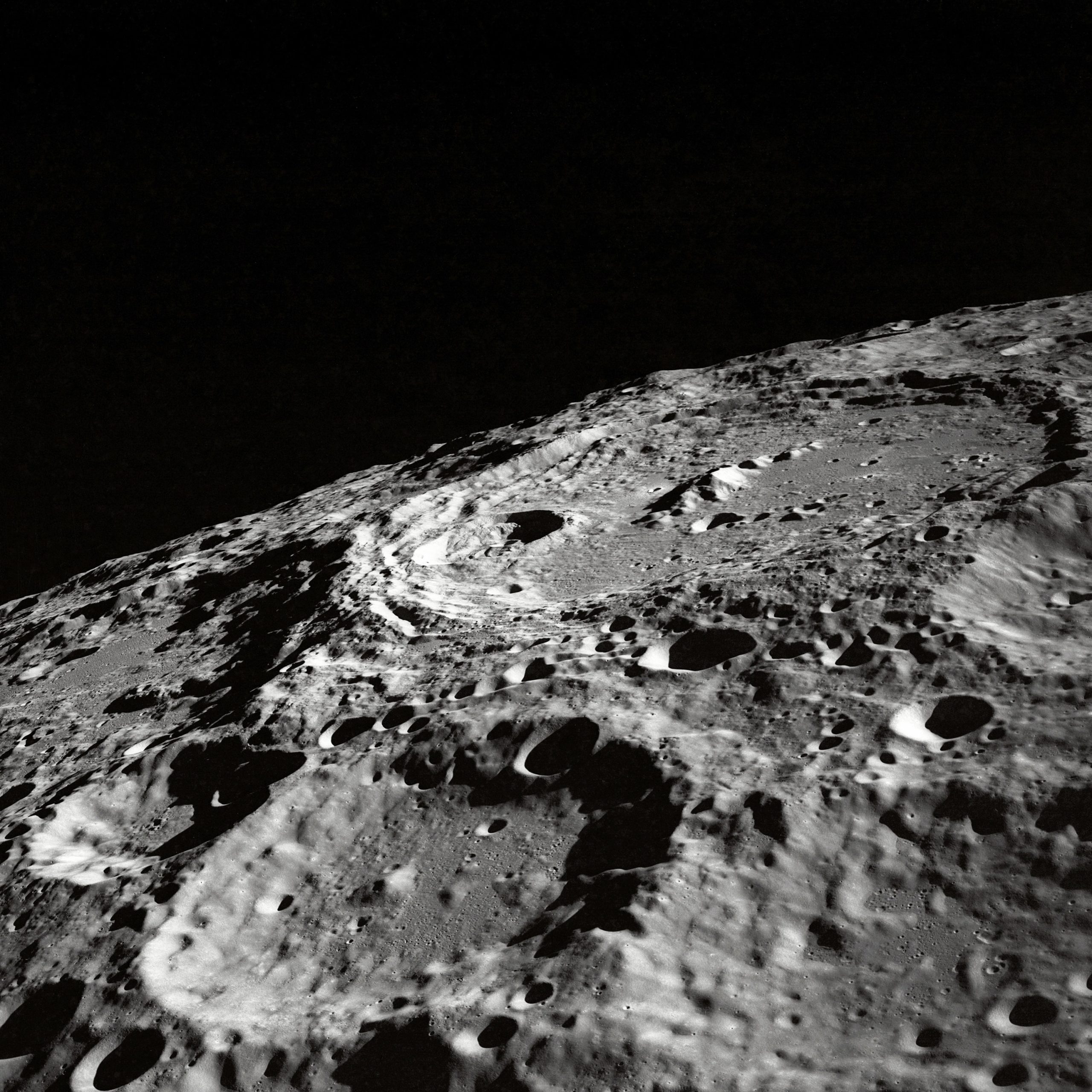Are Women’s Cycles Connected to the Moon?
For centuries, people have observed the profound influence of the moon on various aspects of our lives. From the ebb and flow of tides to the behavior of nocturnal animals, the moon’s gravitational pull and luminous presence have fascinated and intrigued humans throughout history. One area of interest that has emerged recently is the potential connection between the moon and women’s menstrual cycles.
The Moon and its influence on Earth
Before diving into the topic of whether the moon affects women’s cycles, it’s crucial to understand the moon’s relationship with our planet. The moon is Earth’s natural satellite, orbiting around us in a regular pattern. Its gravitational pull affects the Earth’s oceans, creating the phenomenon we know as tides.
It is this gravitational pull that some believe could potentially impact the human body, given that our bodies consist mainly of water. Our curiosity about the relationship between the moon and menstruation stems from this line of reasoning.
The theory of lunar influence
The theory of lunar influence on women’s cycles is based on the idea that, like tides, the moon’s gravitational pull could affect the fluid within a woman’s body, including the menstrual flow. Proponents of this theory argue that women’s cycles might sync with the moon’s natural phases, just as the tides ebb and flow.
Furthermore, some studies have suggested that the moon’s lunar cycle, typically lasting 29.5 days, is similar to the average length of a menstrual cycle. This similarity has added fuel to the belief that the moon could indeed influence the timing and nature of menstruation.
Exploring scientific evidence
While the idea of the moon affecting women’s cycles might be intriguing, it is important to consider the scientific evidence available. To date, there is limited research directly supporting a lunar influence on menstrual cycles. Many of the existing studies suffer from methodological flaws, making it challenging to draw definitive conclusions.
One frequently cited study, conducted in the 1980s, examined the menstrual patterns of a group of women living in a secluded environment without access to artificial lighting or personal calendars. The study found similarities between the participants’ menstrual cycles and the phases of the moon. However, this study was small-scale and lacked controls, making it difficult to generalize the findings to the wider population.
Another study published in 2013 analyzed the menstrual cycles of 74 women. The researchers found that the cycles did not consistently match up with the lunar phases. However, the study acknowledged the limitations of its sample size and recommended further research to explore the topic in more depth.
It is worth noting that many factors can influence the regularity and length of a woman’s menstrual cycle, including stress, hormonal changes, and underlying health conditions. Without controlled experimental studies, it becomes challenging to isolate the potential impact of moon phases.
Alternative explanations
While the belief in a lunar influence on women’s cycles continues to captivate our imagination, several alternative explanations exist for the apparent synchrony between menstruation and the moon. One possibility is the cultural influence on women’s behaviors and beliefs about their cycles. Societal conditioning or the power of suggestion might contribute to the perceived connection.
Additionally, the menstrual cycles of women living together or spending substantial time together can naturally align due to pheromones or other environmental factors. This synchronization among women within a community has been observed in several studies and is known as the “McClintock effect,” named after the researcher who first described it.
The need for further scientific exploration
While the existing scientific evidence does not strongly support the theory of lunar influence on women’s cycles, researchers continue to investigate this intriguing topic. Many acknowledge the need for well-designed, controlled studies to explore the potential connection between the moon and menstruation.
Future research could employ larger sample sizes, diverse populations, and tighter experimental controls to better understand any correlation between lunar phases and menstrual patterns. Moreover, advancements in technology and data analysis may provide new opportunities for studying this phenomenon in a more comprehensive and accurate manner.
Conclusion
While the notion of the moon’s influence on women’s cycles remains captivating, the scientific evidence supporting this claim is currently limited and inconclusive. While some studies suggest a potential connection, many others have found no consistent correlations.
As we await further research and potential advancements in our understanding, it is essential to approach this topic with skepticism and critical thinking. Our fascination with the moon’s mysterious power should not overshadow the importance of evidence-based conclusions.
Nevertheless, the ongoing exploration of the moon’s influence on human biology serves as a reminder of the vast complexities of our world and the multitude of connections that may exist beyond what we currently comprehend.
Table of Contents
